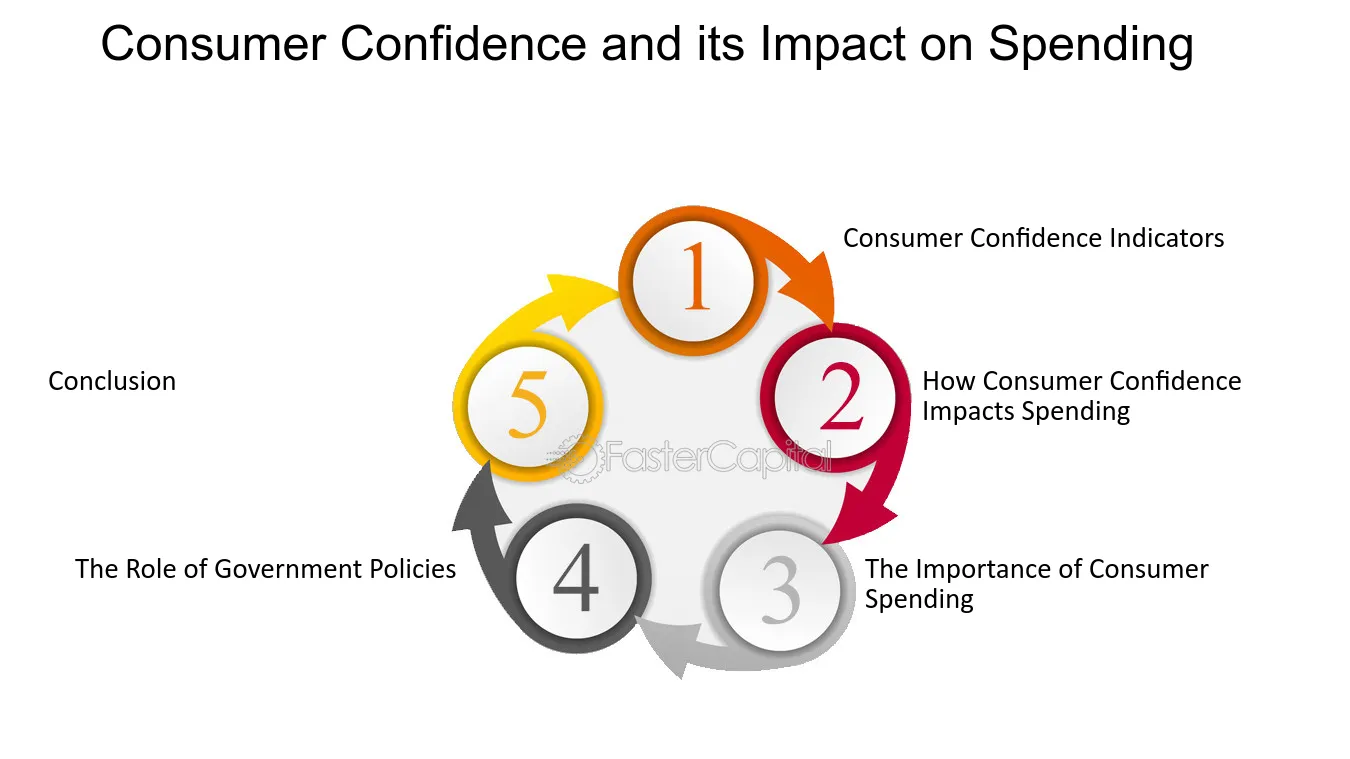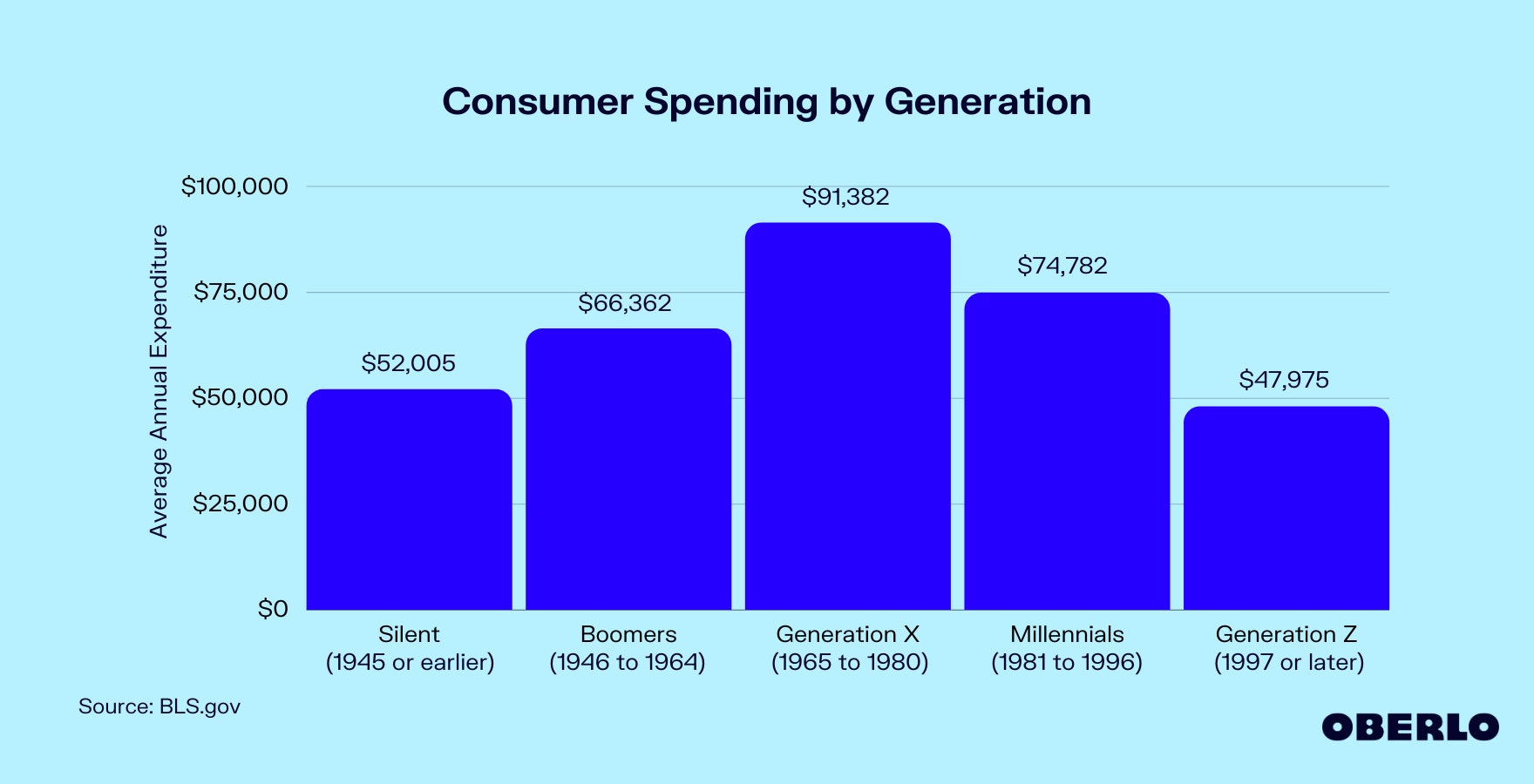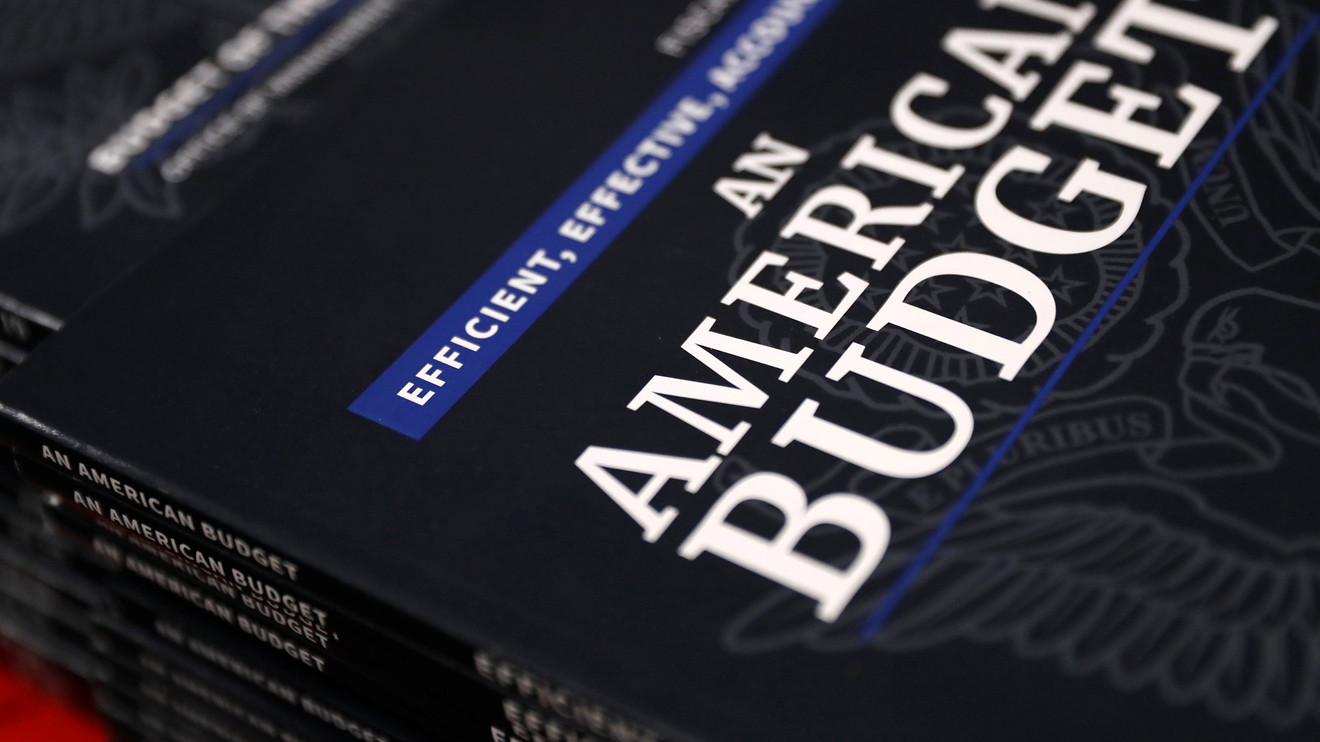As economic pressures mount, lower and middle-income Americans find themselves cutting back even at discount stores. The result? Some of these retailers are closing their doors for good.
Rue21: A Fashion Retailer Succumbs to Economic Strain
Fashion retailer Rue21, known for targeting consumers with an average annual household income of around $50,000, recently filed for bankruptcy protection for the third time. The company announced it would close all 540 of its stores. This decision came as Rue21’s shoppers struggled to cope with rising inflation, leading to a significant reduction in their discretionary spending.

The Fall of 99 Cents Only Stores
Similarly, 99 Cents Only Stores, another chain that catered to bargain-hunters, has started liquidating its stores, primarily located in the American Southwest. Interim CEO Mike Simoncic explained the difficult decision:
“This was an extremely difficult decision and is not the outcome we expected or hoped to achieve.
Unfortunately, the last several years have presented significant and lasting challenges in the retail environment, including the unprecedented impact of the COVID-19 pandemic, shifting consumer demand, rising levels of shrink, persistent inflationary pressures, and other macroeconomic headwinds, all of which have greatly hindered the company’s ability to operate.”

The Broader Economic Impact
James Knightley, chief international economist at ING, highlighted that while heavier spending by wealthier Americans has somewhat mitigated the impact of belt-tightening among lower-income consumers, businesses serving the latter group are still facing significant challenges. Knightley noted:
“The bottom 60% of households are increasingly feeling more and more stress. Discretionary spending is really starting to be cut.”
Today, with the passage of this budget resolution to provide relief to our working families, we have the opportunity not only to address the pandemic and the economic collapse—we have the opportunity to give hope to the American people and restore faith in our government. pic.twitter.com/AKEp63Ofyt
— Bernie Sanders (@SenSanders) February 5, 2021
Retailers Adapt to Changing Consumer Behavior
This trend is not limited to discount retailers. PYMNTS reported that consumers across all income brackets are becoming more cautious with their discretionary spending, driven by ongoing inflation. This shift is being felt by retailers nationwide.
Macy’s Adapts to Financial Pressure
Tony Spring, Macy’s Chairman and CEO, commented on the retailer’s latest earnings call that financial pressures are prompting shoppers to scrutinize their discretionary purchases closely. Even high-income consumers are being more selective, with noticeable shifts in spending patterns.

“We’re certainly seeing at the high end, the Bloomingdale’s consumer is interested in purchasing, but she’s being very thoughtful in the category she’s purchasing in,” Spring noted. He added that while luxury handbag and shoe sales have softened, high-income shoppers are still spending on advanced contemporary products, beauty items, and home goods.
Looking Ahead
The closure of discount chains like Rue21 and 99 Cents Only Stores underscores the profound impact of economic pressures on lower and middle-income consumers. As inflation continues to rise, even retailers catering to higher-income brackets are noticing changes in spending behavior.
The retail landscape is being reshaped, forcing businesses to adapt to a new era of consumer caution and economic uncertainty.










